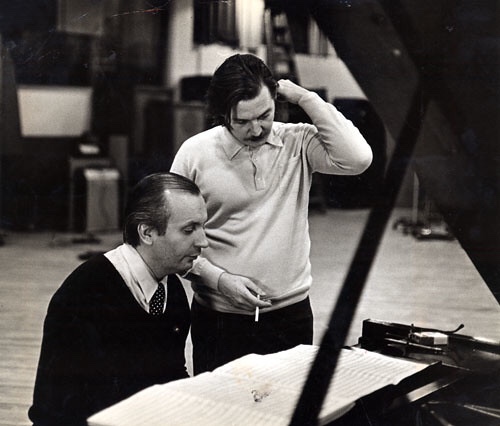

Belonging to what one might call Jobim’s ‘third age’ (I’ll say a bit more on this later), this is a mid to late period recording, and is utterly sublime.
If, like me, you really love the music of Antônio Carlos Jobim, then this is an essential purchase. It’s his 11th album, released in 1980, so perhaps around the middle of his career, and now about 40 years old.
There are many familiar tracks here, such as The Girl from Ipanema and Dindi. Then there are others less familiar, such as the the extraordinary Two Kites. But all superb, and the older numbers are given very fresh treatments, such that none are just routine reworkings. For example, Someone To Light Up My Life is terrifically re-imagined.
Originally a double album, it all fits conveniently on one CD. A key part of the albums charm is Jobim’s partnership with arranger Claus Ogerman, which reaches a kind of apotheosis here.

With twenty tracks, including versions of most of the ol’ favourites – but pretty much all reworked in refreshing ways (for example the final track is a vocal and piano only version of Estrada Branca, sung in English) – and a number of new pieces, it’s a smorgasbord, or an embarrassment of riches.
Perhaps rather ironically, one of the weakest cuts, at least to my ears, is his most famous, The Girl From Ipanema, which is relegated to opening side three of the vinyl, or track eleven on the CD.
As usual, the supporting cast are both diverse and stellar, with American jazzers like Bob Cranshaw (bass), Bucky Pizarrelli (guitar) and Grady Tate (drums) rubbing shoulders very smoothly with Brazilians Pascoal Meirelles (drums) and Rubens Bassini (percussion). It’s interesting that, unlike most of his earlier albums, no star horn players are mentioned.
Returning to my ‘third age of Jobim’ idea, I think this is a good example of how, after his youthful bossa period, in the ‘60s, then his leaner ‘art music’ era of the ‘70s, from this recording onwards, he achieved a kind of late-era synthesis, moving easily between vocals and instrumentals, large orchestrations and solo performances, simplicity and complexity.
If you’re building a Jobim collection, although I wouldn’t say this is the best or most logical place to start, it’s not a bad one either, as it contains something from almost all aspects of his career. For the experienced Jobimista, it is, of course, essential.
